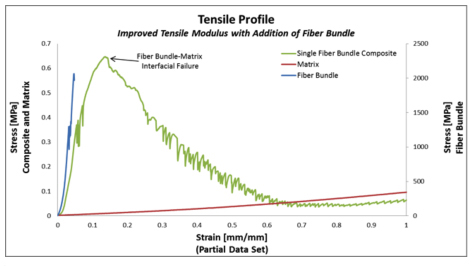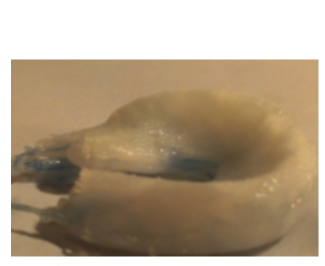Fiber-Reinforced Cryogel as a Meniscal Replacement Device
Samuel Laurencin, Ph.D. CandidateMeniscal tears are the most common intra-articular injury affecting the knee joint. The limited self-repair ability of the meniscus has led to substantial research into novel approaches for the treatment of damaged meniscal tissue, although each approach has shown limited efficacy. Currently, there is a critical need to create a biomaterial that is strong enough to resist the anisotropic loads the menisci experience, yet conformable and lubricous enough to protect the articular cartilage it interfaces to restore normal joint locomotion. The long-term goal of this project is to develop a nondegradable biomaterial that is clinically translatable and a viable treatment for non-repairable meniscal tears. The overall objective of this research is to fabricate a performance-optimized cryogel with material properties equivalent to menisci. To achieve this objective, the central hypothesis is that high-tensile strength fiber bundles can be incorporated into a cryogel to make the cryogel mechanical properties anisotropic, consonant with the native menisci. Furthermore, plasma oxygen deposition can be used to functionalize the normally chemically inert fiber bundle surface to permit covalent linkage with the surrounding cryogel matrix, thus maximizing interfacial strength and stress transfer capabilities.
 Figure 1: The functional behavior of individual material components- fiber bundles and cryogel- are compared to composite material behavior by evaluating the stress-strain relationship measured in tension. The addition of a single fiber bundle has a profound impact on the composite material tensile modulus. |
 Image 1: Crosslinked cryogel with exposed fibers bundles replicating the dimensions of a native meniscus. |
Back to Main Research Page


